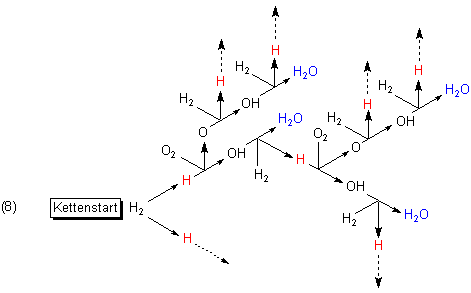Farrah Day,Great explain.maybe what you said is the key.
gasoline(liquid) is not economic way(or best way).someone use gasoline vaporizer to make it economy.can make 60-90 MPG.
gasoline engine is not efficient engine,not above 35-50% efficiency.
water more powerful than gasoline 2.5 times by weight.atomic hydrogen more powerful than hydrogen 2.5 times.
atomic hydrogen more powerful than gasoline 6.25 times.if you increase efficient of gasoline engine to about 70-85% then you can use low value of atomic hydrogen(lower up to 10 times than gasoline value).
thanks
geenee
If you ignite a puddle of petrol, it is the vapours that burn off the top of the puddle. And don't ever try to weld an old petrol tank as even if there is no liquid in there, if it is effectively a dry tank, if you can smell petrol, it will still go bang!
It is not the fuel that makes an ICE inefficient, but the overall design. Basically all the heat that is produced is wasted energy. That's why electric motors driven with Hydrogen fuel cells are so much more efficient... if only we could produce hydrogen more efficiently in the first place!
Atomic hydrogen is extremely energetic and so will react with pretty much anything the first chance it gets in order to lose energy and become stable. So very hard to keep atomic hydrogen atomic given that it will readily react with another to become molecular.


